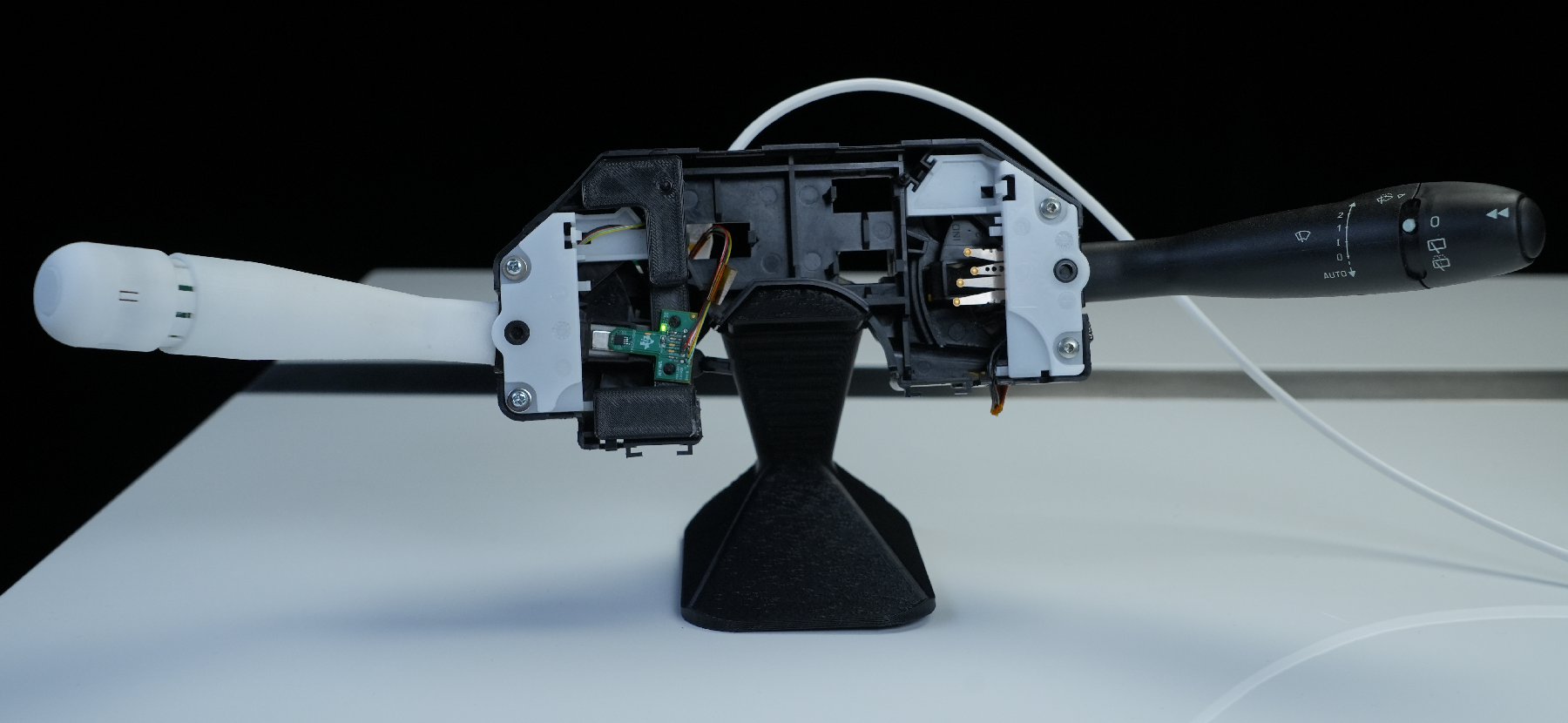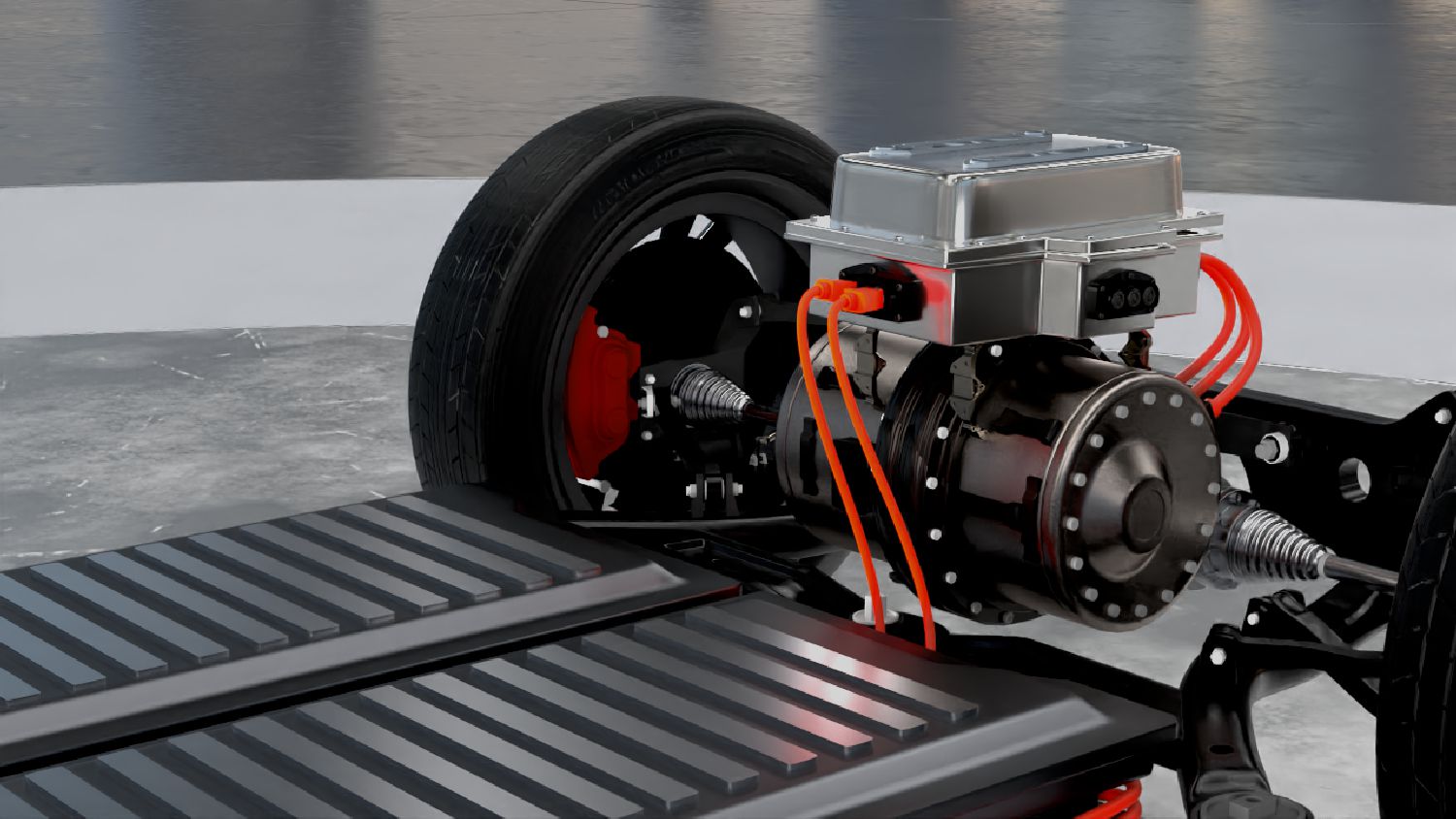SLYY229A February 2024 – March 2024 DRV5055-Q1 , LDC5072-Q1 , TMAG5110-Q1 , TMAG5111 , TMAG5115 , TMAG5170-Q1 , TMAG5231 , TMAG6180-Q1
- 1
- Overview
- At a glance
- Trend No. 1: The electrification of systems
- Trend No. 2: The need for increased reliability and safety
- Trend No. 3: The miniaturization of overall end-product form factors
- Trend No. 4: The transition from rare earth materials to ferrites
- Conclusion
- References
- Additional resources
Trend No. 1: The electrification of systems
Autonomous driving, demand for a better user experience, and the push to reduce greenhouse gas emissions have led to the increased electrification of vehicles, necessitating the inclusion of more semiconductor devices in automobiles, including position sensors. This is our first trend.
Thermal efficiency is of the utmost importance for electric vehicles (EVs). Electric pumps circulate coolants such as oil and water glycol throughout the vehicle, keeping various system-level temperatures in check. Multiple electronic control units (ECUs) control these systems. Once the EV is on, an MCU can determine if enough coolant has been pumped to a specific system by monitoring the temperature. High-resolution Hall-effect sensors used in electric pump incremental rotary encoders enable the microprocessor to respond to thermal events much more efficiently. Devices such as the high-bandwidth TMAG5110-Q1 offer low-latency outputs while also providing high sensitivity capabilities, giving designers more flexibility in sensor placement.
Steering column designs vary from one original equipment manufacturer (OEM) to another, but the most popular implementation connects multiple control modules and manages several switch and button control functions such as blinkers, headlights, wipers, cruise control and scroll wheels. Previously mechanically implemented for autonomous driving or comfort reasons, these features have become electrical solutions that also incorporate magnetic functionality. For most applications, the TMAG5170D-Q1 and TMAG5173-Q1 have the ability to measure complex angles with high accuracy, allowing Automotive Safety Integrity Level (ASIL) B or even ASIL D system-level compliance. Figure 2 shows an OEM steering column control module retrofitted to replace mechanical contacts with 3D Hall-effect sensor development boards.
 Figure 2 Steering column retrofitted
with TI 3D sensor evaluation modules.
Figure 2 Steering column retrofitted
with TI 3D sensor evaluation modules.Motor position sensing is a fundamental aspect of an electric motor design to ensure that it is running at optimal efficiency. As power efficiency requirements increase, so have the performance expectations of the position sensors that monitor with high precision the exact rotational position of the motor shaft. By knowing the position of the motor, the microprocessor and power stage within a traction inverter can provide the exact amount of current to the motor coils to manage torque more efficiently. The challenge is to measure the angle with the highest accuracy possible (approximately 0.5°) across the full rated temperature range while the motor is running at full speed (100,000 rpm or higher). The LDC5072-Q1 inductive sensor (also known as an inductive resolver) is appropriate for this task given its inherent immunity to stray magnetic fields. Another bonus for this technology is that there is no need for magnets. Figure 3 shows an electric motor with a traction inverter mounted on top.
 Figure 3 Electric motor and traction
inverter.
Figure 3 Electric motor and traction
inverter.Vehicle electrification has created many use cases for position sensors, with electric power steering (EPS) arguably the most prevalent. As EPS continues to evolve, the accuracy and resolution requirements have increased for motor position sensors as well as for wheel position sensors. In an EPS system, the TMAG6181-Q1 can provide the motor rotor position with a minimal angle error of 0.4° and support up to 100,000rpm with latency less than 2µs, while the TMAG5170D-Q1 can help determine the 3D position of the steering wheel. The steering wheel angle sensor sends data to the ECU for optimal vehicle operation and control.
Electrification involves not only automobiles but also transportation systems such as e-bikes, pedal electric cycles and e-scooters. While these products have been around for a number of years, there are new advancements in motor commutation, cadence and wheel speed sensing that require position sensors. There are a couple of new trends in e-bikes worth noting:
- Motor commutation previously occurred with a three-latch brushless-DC motor implementation, but most e-bike motor providers now monitor the motor with high-speed, high-precision angle sensors. The TMAG6180-Q1 AMR sensor is great for this application because of its high-accuracy angle measurement (0.1° at room temperature).
- Using a Hall-effect latch such as the TMAG5115 for wheel speed and cadence monitoring provides low jitter and fast response times, enabling higher-precision speed and direction measurements. In the past, Hall-effect switches were predominantly used for wheel speed detection.